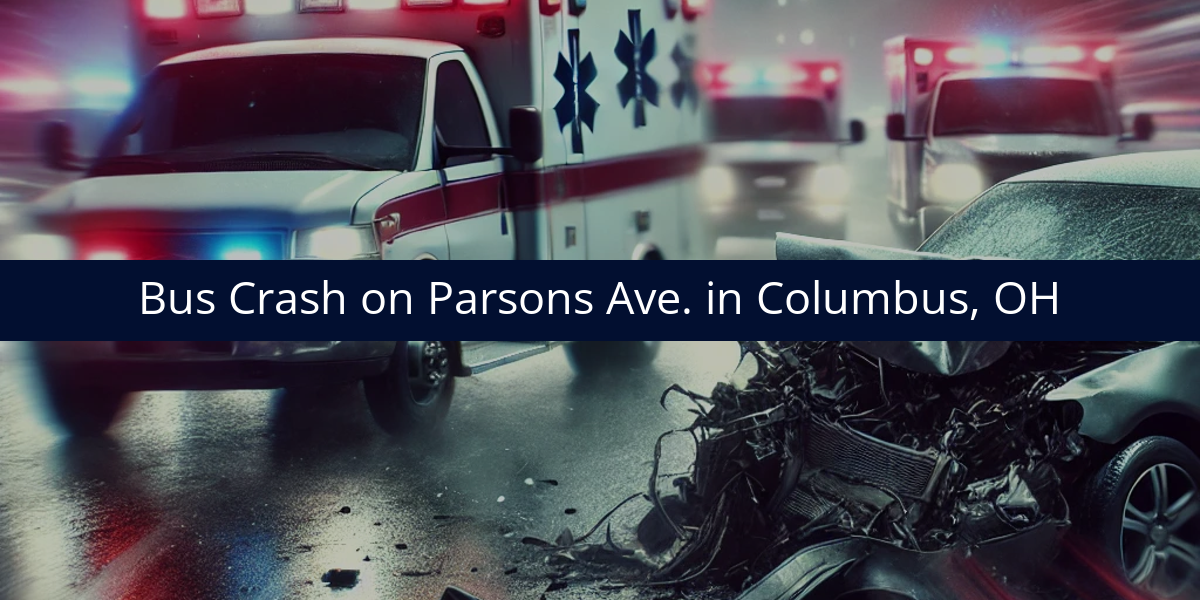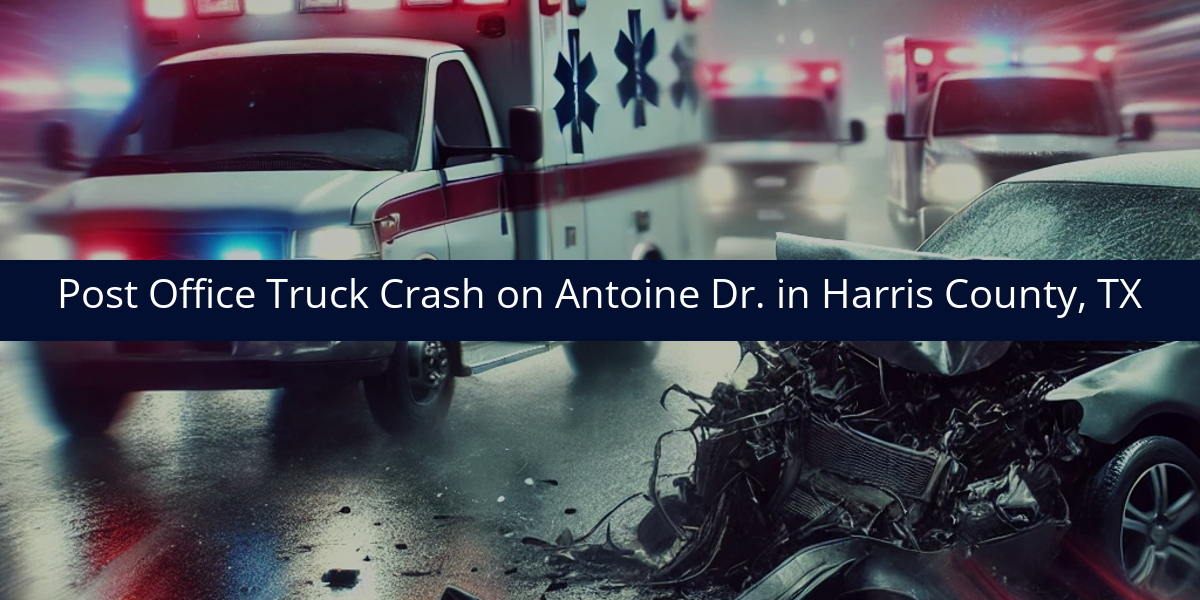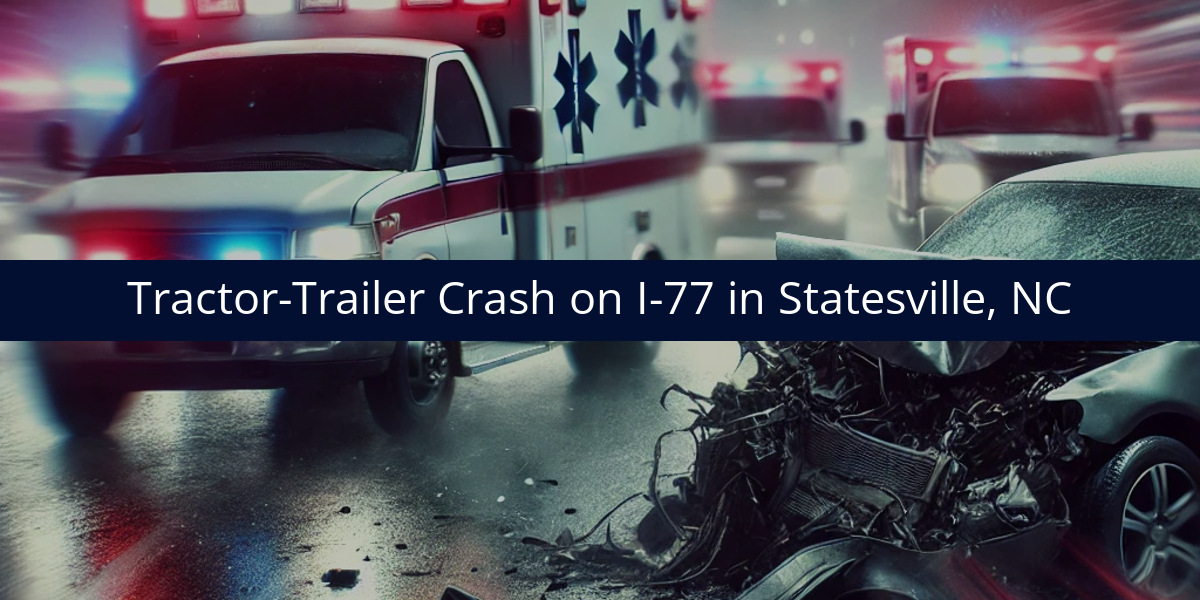Authorities reported that one woman was killed Thursday night after a tractor-trailer allegedly struck an SUV on Interstate 77 southbound in Statesville. According to local officials, the crash occurred around 8:30 p.m. near mile marker 49 when a Freightliner tractor-trailer driven by a 56-year-old man allegedly collided with a stopped SUV. The impact caused both vehicles to catch fire. The SUV’s passenger, 60-year-old Kimberly Taylor Cox of York, South Carolina, later died at the hospital, while the driver, 40-year-old Daniel Lawrence Heisig, was hospitalized with non-life-threatening injuries. The truck driver was not injured.
Crashes involving stopped or slowed vehicles on interstates often highlight the importance of following distance and situational awareness. When a tractor-trailer strikes a stationary vehicle, investigators must determine whether the driver was maintaining proper control and attention.
What Investigators Will Likely Focus On
Investigators will begin by analyzing why the tractor-trailer failed to avoid the SUV in time. They will review whether the truck driver was distracted, fatigued, or following too closely. Reviewing the driver’s electronic logging device (ELD) records, dispatch logs, and phone data will help clarify whether fatigue or inattention played a role. Authorities will also examine whether the truck driver applied the brakes before impact or attempted to change lanes to avoid the collision.
The time of night and traffic conditions may be reviewed to understand how quickly the truck driver could have reacted once the SUV came to a stop. Determining the driver’s reaction time and braking effort will be critical to understanding how the impact occurred.
Reviewing the Truck’s Condition and Performance
Mechanical inspection of the tractor-trailer will help determine whether equipment issues contributed to the crash. Investigators will examine brake functionality, tire wear, and steering response to ensure the vehicle was in proper working condition. Maintenance logs and inspection reports will be reviewed to confirm whether the carrier was in compliance with federal safety regulations.
If the truck’s brakes or load weight affected stopping distance, investigators may analyze whether cargo distribution or deferred maintenance played a role in limiting control before impact.
What Evidence Should Investigators Examine?
The tractor-trailer’s Engine Control Module (ECM) will provide detailed data about speed, throttle input, and braking in the moments before the collision. Physical evidence such as skid marks, impact points, and burn patterns will assist investigators in reconstructing the crash sequence. Dash camera or traffic surveillance footage could also help verify when and how the truck approached the stopped SUV.
Why a Full Investigation Is Necessary
When a tractor-trailer allegedly rear-ends a vehicle on the interstate, the results are often severe. Determining whether driver inattention, fatigue, or equipment performance caused the collision is essential to ensuring accountability is assigned where necessary.











